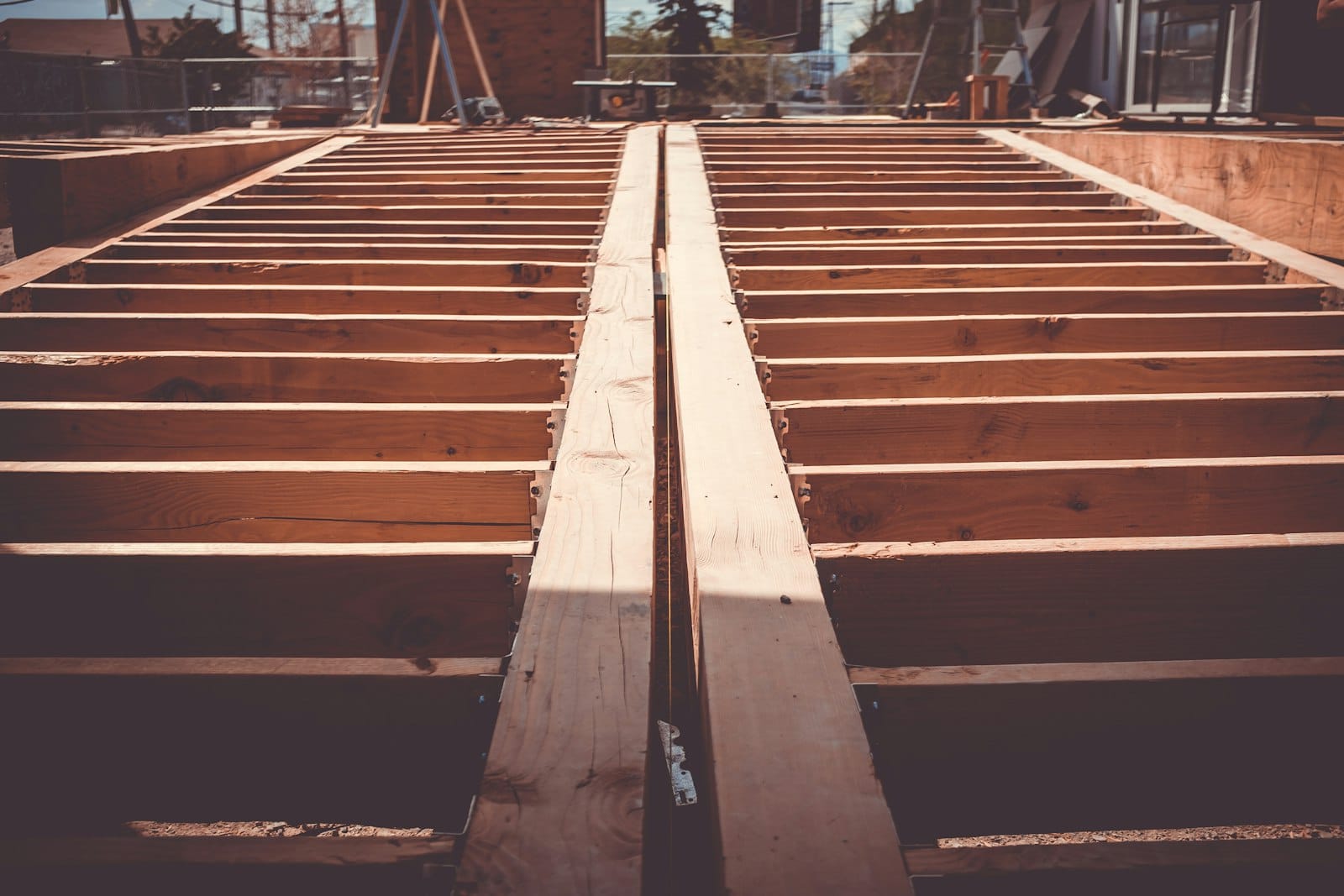The Weekly: The Real Infrastructure Behind the Cloud
From hurricane- and flood-prone coasts to Tornado Alley spanning the central U.S., the map of American data centers increasingly resembles a target board for extreme weather.

There’s a quote attributed to Winston Churchill: “Gentlemen, we've run out of money, so now we have to think.”
That moment has arrived for climate resilience. Across the U.S., local governments are discovering that financing resilience the old way—reactively, after losses have already piled up—isn’t working anymore.
Take Houston: seven years after Hurricane Harvey, Harris County’s plan to fortify the region against future flooding still faces a $410 million funding gap. Officials have been piecing together money from nearly every possible source: federal and state grants, partner contributions, leftover bond reserves. Even so, the math doesn’t add up. Harris is one of the nation’s largest and best-resourced counties, but resilience funding is still a mad scramble to rebuild the sandcastle before the tide comes in.
Houston’s funding strain is a microcosm of a national challenge. Our dominant mental models and operating systems are reactive, dated, under-resourced, and fragmented. Local governments are not accustomed to connecting their budgeting process to the concept of resilient infrastructure—even though state and local governments still account for 80% of America’s public infrastructure spending. Most local budgets were never set up to absorb major and recurring loss of physical infrastructure and other public assets. The current system still steers dollars toward recovery after disasters, not prevention before them.
The good news: public awareness is growing about the need to build community resilience to extreme weather. Voters and taxpayers can agree on this, across party divides, even when they disagree on why the weather is changing. Engineering solutions are improving, and some cities have made significant strides in adaptation. We’re getting better at building both the will to act and the way to move forward.
But when it comes to paying for and sustaining those investments, progress has stalled. Our traditional financing model for infrastructure, which relies heavily on municipal bonds, property taxes, and special revenue assessments, isn’t designed to handle the complexity, urgency, and scale of today’s climate threats, let alone tomorrow’s.
This financing gap, however acute, is also a chance to build new capital structures that match the scale and urgency of the challenge. Now, we have to think—about how risk is measured, how value is defined, and who pays for the upfront cost of building (or retrofitting) safer, smarter infrastructure. There is a return to smart investments in resilience, but our systems and practices have largely failed to capture those returns thus far.
As things stand, local officials are essentially given two options: raise local revenue or wait for state or federal subsidy. Neither is fast nor flexible enough for what’s coming. The U.S. needs a new, actionable, and scalable investment framework that acknowledges the full ecosystem of risk and reward. This is what a new report from Brookings, co-authored by The Resiliency Company Head of Public Finance, Matt Posner, outlines.
Luckily, state and local governments have already been tinkering and innovating in our “laboratories of democracy.” Four models stand out, and they’re not mutually exclusive:
The revolving fund flywheel (Illinois Finance Authority): A familiar tool—the state revolving fund—used for climate adaptation. The fund makes low-interest loans that are repaid over time by one borrower, typically a municipality or public entity, and then re-lent to the next borrower using the same pool of capital.
The capacity aggregator (Rhode Island Infrastructure Bank): A leveraged loan model that provides funding through a mix of revolving loan capital, state bond proceeds, green bonds, and federal infrastructure funding.
The community trust builder (city of Ann Arbor, Michigan): A property tax levy that funds resilience and clean energy projects, approved by voters after years of cultivating public trust and translating the costs of inaction into local terms.
Risk sharing (city of Tulsa, Oklahoma): A utility-based model that funds stormwater management through a fee on each property’s impervious surface area, including businesses, civic institutions, and households.
We have models that work, and they only scratch the surface of what’s possible. The next step is scaling them.
Read the full report here.

Read more about insurance on The Epicenter here.
Read more about resilient public infrastructure and government solutions on The Epicenter here.
Read more about resilient real estate on The Epicenter here.

Think disasters such as hurricanes, floods, and wildfires contribute to increasing costs, according to a 2025 survey. Meanwhile, only 48% of Americans think global warming contributes to increasing homeowners insurance costs. Source: Yale Program on Climate Change Communication.
Have thoughts to share or want to add your voice to the conversation? Reach out!
The Epicenter helps decision makers understand climate risks and discover viable resilience solutions. The Epicenter is an affiliated publication of The Resiliency Company, a 501(c)3 nonprofit dedicated to inspiring and empowering humanity to adapt to the accelerating challenges of the next 100+ years.